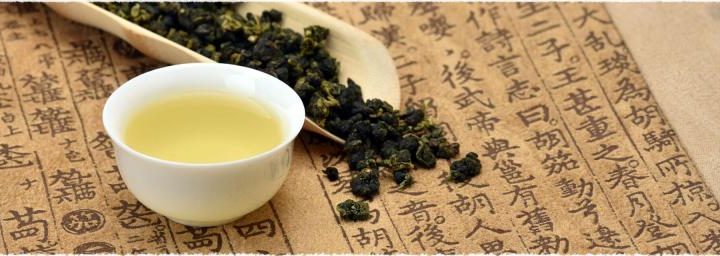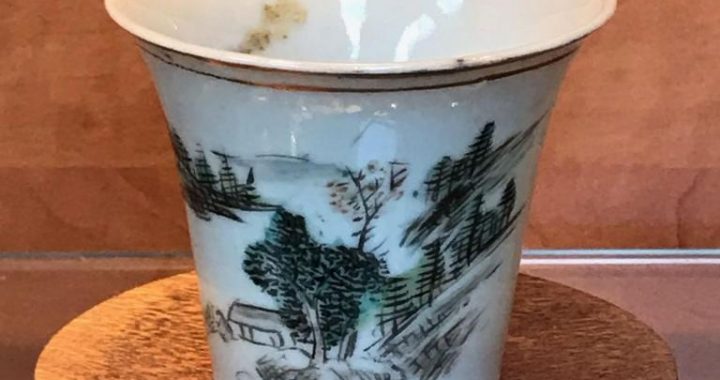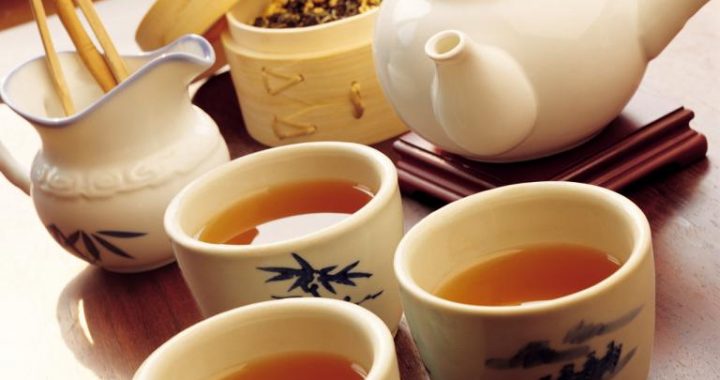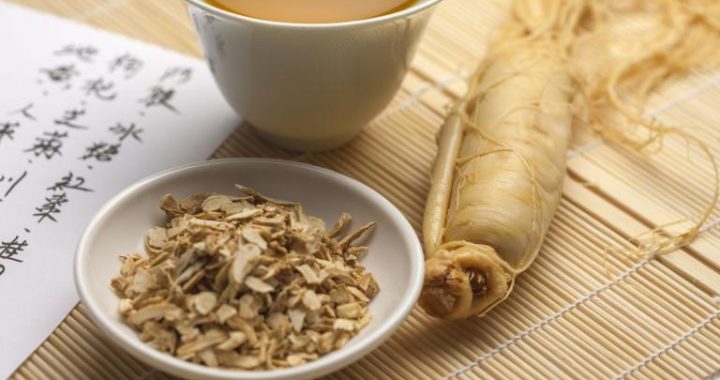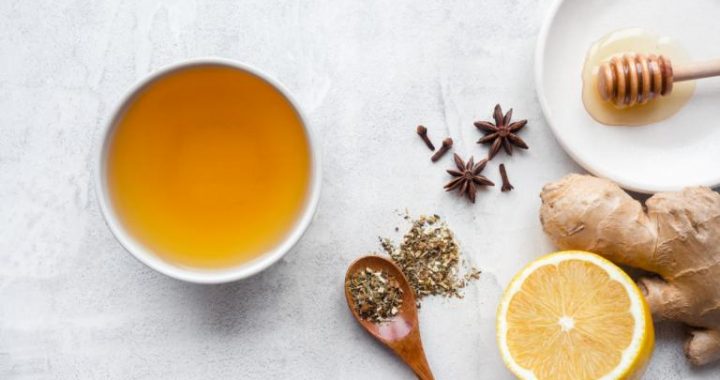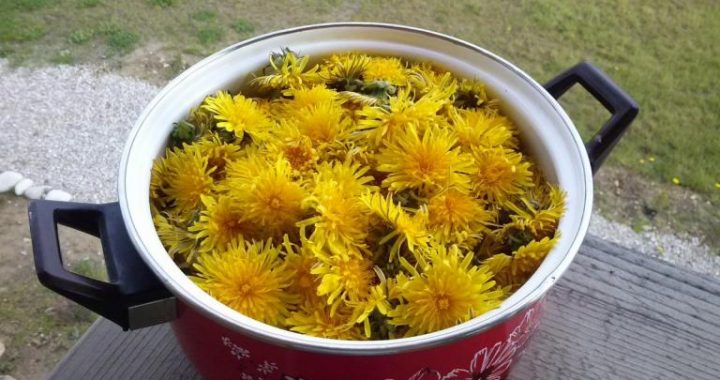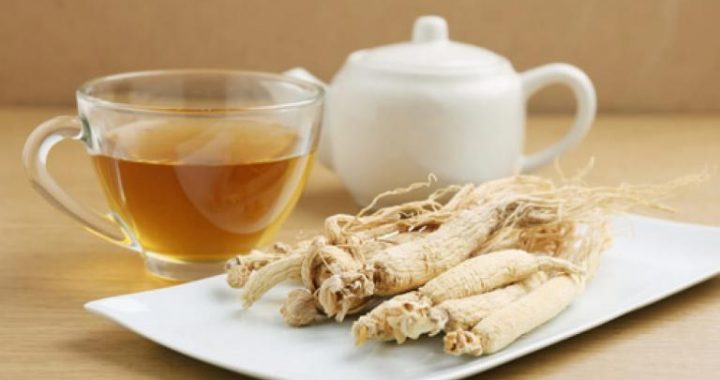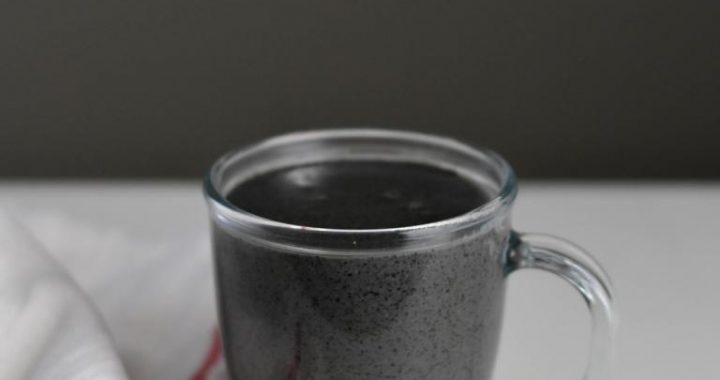The Development and Popularization of Chinese Tea Ceremony
2 min readThe forming of Chinese tea ceremony was affected by many factors, among which there were social, political, cultural and philosophical ones, and also the factors of the tea affairs itself.
In the process of evolvement, with the changes in the way of drinking tea and the processing skills, tea also entailed more and more different cultural connotations. In the Wei and Jin dynasties (220~420), the scholar-officials mostly drank tea because of the unfavorable current situation, and began to connect tea with Buddhism and Taoism. Besides, since the people were not very particular about the ways of tea drinking in the early period, there the trend of frugality was much popular. In the Tang and Song dynasties (618~1279), because cake tea drove the development of the method of “dian-cha”, and the processing skills of tea kept improving, people began to deviate from the traditional tea ceremony thoughts in the process of tea drinking to pursue luxury. At the same time, the thoughts ofConfucianism, Buddhism and Taoism carried by tea drinking itself were more diversified, which began to form a comprehensive system of the Chinese tea ceremony thoughts. And since cake tea was abolished in the early Ming dynasty and was replaced with loose tea, the tea ceremony thoughts undergone somewhat a regress to the tradition, but the rising of tea affairs activities provided tea with the political factors, such as the palace tea feasts and tea granting etc.
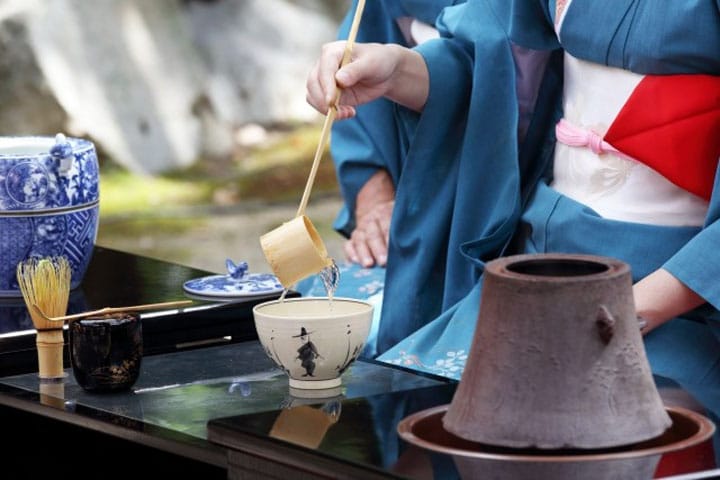
Tea ceremony had little development in the Qing dynasty (1616~1911), except some regulations on the scale of tea affairs activities. But in the officialdom ofthe Qing dynasty there appeared the phenomena of using tea to indicate a guest toleave. In the occasions when the host and the guest didn’t go along well or didn’t have much to talk about, the host usually would call the servants to serve tea to the guest, which was a roundabout way of hinting the guest to leave. But this custom was only used under some special circumstances, not very commonly applied.
With the popularization of tea ceremony, it began to spread to Japan in the Tang dynasty, therefore the tea ceremony in Japan and Korea today was mostly originated from China. Comparatively speaking, the Japanese tea ceremony has developed different cultural connotation from the one of China, such as the over-elaborated etiquette and procedures, the fixed rules and regularities, the obvious characteristics of family and the patriarchal clan system, etc, all noticeably distinct from the Chinese tea ceremony. While the Korean tea ceremony pursues the essence of”harmony”and”quiet”, which is closely related the book of Tea Classics in the Tang dynasty.

